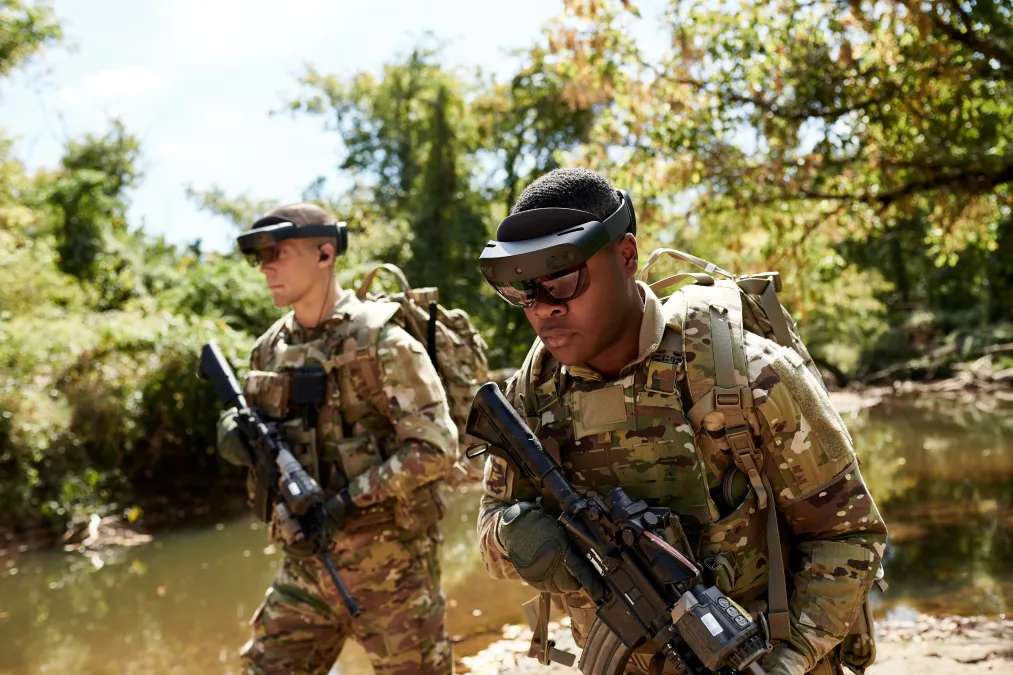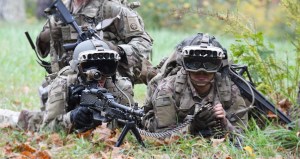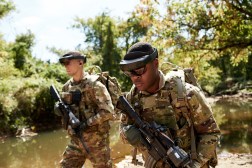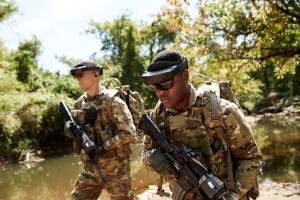Microsoft wins $21B contract to produce 120,000 AR headsets for the Army

The Army has moved a prototype deal with Microsoft to develop an augmented reality headset into full production — calling for 120,000 headsets over the next decade under a $21.9 billion contract.
The contract comes 28 months after prototyping of the Microsoft HoloLens 2-based Integrated Visual Augmentation System (IVAS) began. IVAS is designed to help soldiers train with augmented reality headsets displaying combat situations.
The Army says the pace of the program’s development is far faster than most of its other major technology purchases, which usually take several years or even decades to field.
“The Army’s partnership with Microsoft redefined the timeline for rapid development and production of a major defense program by taking advantage of the Middle Tier of Acquisition and Other Transaction authorities, and partnering with a non-traditional defense contractor that is an industry leader in developing innovative technology,” the Army’s Program Executive Office Soldier, the office overseeing the procurement, said in a statement.
Microsoft president Brad Smith had previously said the company expected that it would likely win the production contract to build the system, telling Congress in February that the company had started constructing manufacturing capabilities for the system before the award.
The Army’s version of the HoloLens 2 headset adds more punch using Microsoft Azure cloud to pipe in training scenarios and other visuals to help soldiers better prepare for conflict. The Department of Veterans Affairs also uses Microsoft’s HoloLens.
“The same technology enables warfighters to execute the operation with real-time visual data that integrates everything from the building’s digital layout to local thermal images to facial recognition of the hostages and the identification of friendly forces,” Smith said about the technology in testimony to Congress.
Microsoft says that “soldiers have been deeply involved in the design process” over the past two years. The company praised the openness from DOD and its willingness to allow changes to the system during the prototyping phase as a key enabler of the program’s relative acquisition speed.





